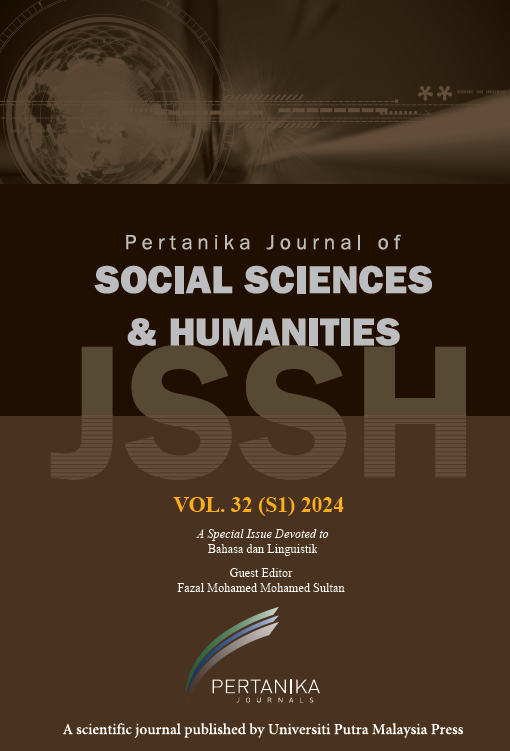PERTANIKA JOURNAL OF SOCIAL SCIENCES AND HUMANITIES
e-ISSN 2231-8534
ISSN 0128-7702
Changing the Model of Recognition from Full Incorporation to Co-existence to Strengthen the Customary Court in the State Justice System
Mohammad Jamin
Pertanika Journal of Social Science and Humanities, Volume 28, Issue 1, March 2020
Keywords: Customary court, co-existence, full incorporation, Model of recognition, state justice system
Published on: 19 March 2020
The specific goal of this research is to reveal the weaknesses in the model of full incorporation for the recognition of the customary court and to discover a model of recognition for the customary court which is more responsive. The type of research is socio-legal research which uses field data as well as both primary and secondary legal material. The instrument for data collection was a literature review that involved content identification and text analysis. The data analysis used a qualitative method with a hermeneutic interpretation which focused on the synchronization of the legal texts and contexts of the related legislation. The results of the research showed that customary courts had in fact already developed and existed in customary law communities long before the Indonesian nation was born. Ironically, the legal policy contained in Law No. 48 Year 2009 about Judicial Power does not recognize the existence of the customary court, while Law No. 21 Year 2001 about the Special Autonomy of Papua gives only pseudo recognition because it uses a model of full incorporation, which positions it below the state justice system. In order to strengthen the customary court, this model of recognition should be replaced with a model of co-existence so that institutionally, the authority and decisions of the customary court can exist alongside the state justice system.
ISSN 0128-7702
e-ISSN 2231-8534
Recent Articles




